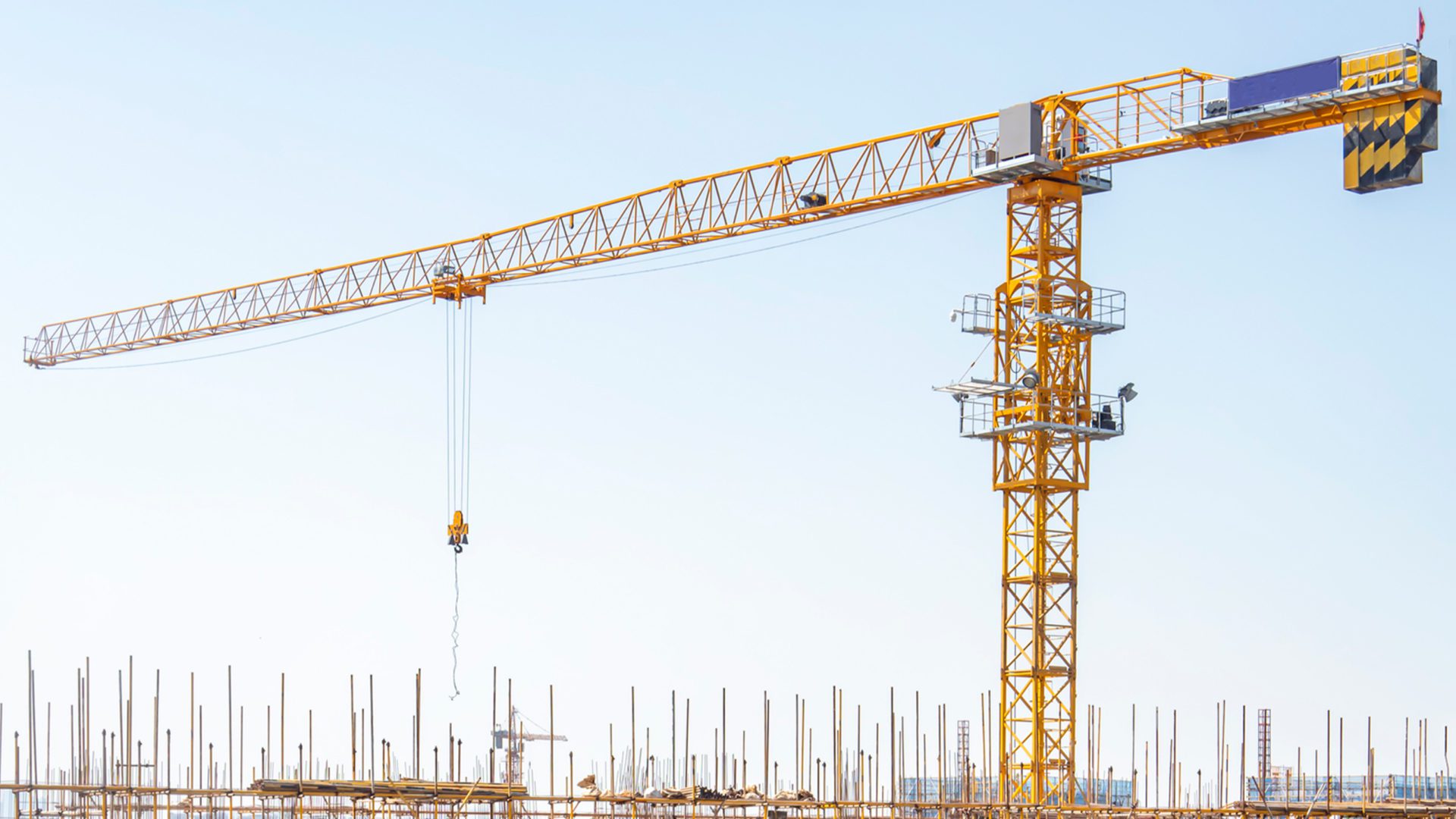Efforts to reduce operational carbon in new builds has been successful for leading projects resulting in a rise of net zero or low-energy use buildings around the world. But the other side of the equation is embodied carbon, and it requires equal focus to help reduce whole life carbon emissions and its ultimate impact on the environment.
Two Types of Carbon Emissions
Understanding the difference between embodied carbon and operational carbon helps owners, investors and managers make sound decisions for the future of their buildings – and the planet.
Embodied carbon accounts for the total emissions used to source, manufacture and transport materials used to construct a building as well as the construction methods employed to erect the structure and the end-of-life demolition.
Operational carbon refers to all the energy used in managing and maintaining the function of a building. It can include heating, cooling, lighting, and any other power usage needed to run programs.
Importance of Embodied Carbon
Making a concerted effort to reduce global warming by 1.5 degrees Celsius is a key position of the global framework of the Paris Agreement. If that goal is to be reached, an emphasis needs to be placed on embodied carbon which is often overlooked in energy use calculations.
According to Architecture 2030, building materials and construction are responsible for 11% of the world’s annual CO2 emissions. Steel, concrete and aluminum production are responsible for 23% of global emissions, most frequently manufactured for the built environment. With construction on the rise, Architecture 2030 forecasts that these embodied carbon emissions will be equivalent to operational emissions by 2050. Nearly half of a building’s total carbon emissions will already be accounted for by the time the structure is occupied, and that carbon will impact climate change for the next 100 years. Operational carbon occurs year over year, creating a slower and more delayed impact on climate change. That is why it is so important that the decisions made at the outset of a project must include a thorough analysis of embodied carbon.
Reducing Embodied Carbon Emissions
A sustainable project starts long before low energy lights are installed. Careful consideration needs to be given to the materials and methods of construction on any new project. By informing owners, investors and managers of all the available options, the optimal choice can be made to reduce a building’s carbon footprint from the very beginning. The designer’s role goes beyond the finite design process of a building to providing input to the building’s lifecycle.

Life Cycle Analysis and Life Cycle Costing
So how do we go about designing a project with low embodied and operational carbon? Fortunately, architects have software tools available to assist us in evaluating life cycle cost analysis and life cycle costing. Embodied carbon and even some operational carbon can be evaluated holistically with software tools.
A life cycle analysis can help weigh the pros and cons of materials used in a build based on its environmental impact. How long does the material last? Where was it sourced? Is it renewable? Is there a more sustainable option? Can the material assist in sequestering carbon? These are just some of the questions that need to be answered by designers and owners alike to arrive at the optimal sustainable solution. When used in conjunction with life cycle costing, owners can understand the cost-benefit analysis of using certain materials or systems over a set amount of time and if the added sustainable investment is justified based on cost and sustainable benefit. Using materials that can be salvaged or upcycled in the future is a great way to reduce embodied carbon. Whether it be as broad as using CLT (cross-laminated timber) in the overall structure, or as specific as using carpet tiles that help recapture and sequester carbon, there are always alternative options that may benefit the project in the long run. With the increased acceptance of carbon pricing to remove the external environmental cost of carbon emissions, life cycle costing should include carbon emission pricing. The price on carbon should be discussed with owners, including the likely future cost escalators, and the impact of decarbonizing electrical grids.
Modern Methods of Construction
The construction process can have a substantial impact on embodied carbon. Modern Methods of Construction (MMC) refers to actions taken to increase efficiency and delivery while reducing carbon emissions. Assembling materials off-site, focusing on reducing waste, and controlling the quality of products all contribute to healthier buildings. By reducing the size of the supply chain, owners can be more efficient when accounting for carbon and energy use.
Employing a DfMA approach (design for manufacturing and assembly) can also cut down on wasted materials and improve the quality of the products in the build. The fewer sites where construction takes place can lead to a safer experience for workers and a healthier impact on the environment.
Taking a holistic design approach at the outset of a project helps consider all the ways in which embodied carbon can be reduced or sequestered throughout the lifecycle of a building. Conducting an early analysis of the interrelationships between building systems, the enclosure and materiality with available software tools we can help to reduce whole life carbon emissions and help bring us closer to carbon neutrality.
Download E-Book



